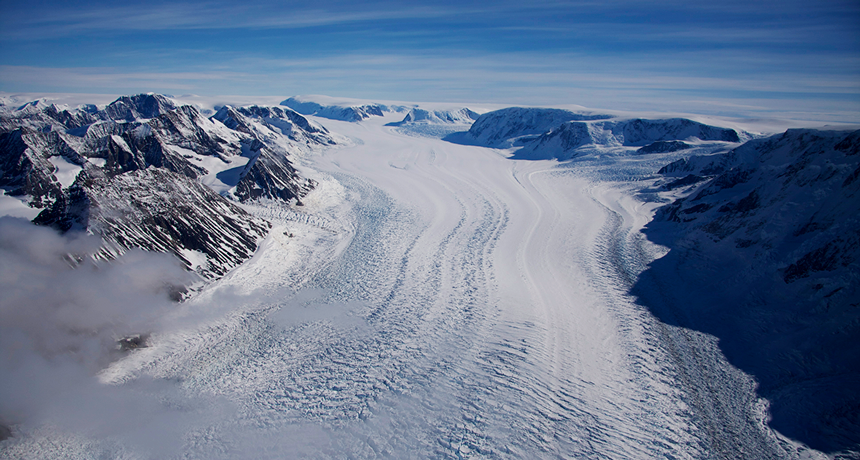Questions for ‘The big melt: Earth’s ice sheets are under attack’

Crane Glacier lost the protective floating ice shelf at its lower edge in 2002. Since then, the glacier has more than tripled its original speed. As the glacier sped up, it also splayed out. This caused its ice to thin in some places by 100 meters (325 feet).
Erin Pettit/Oregon State University